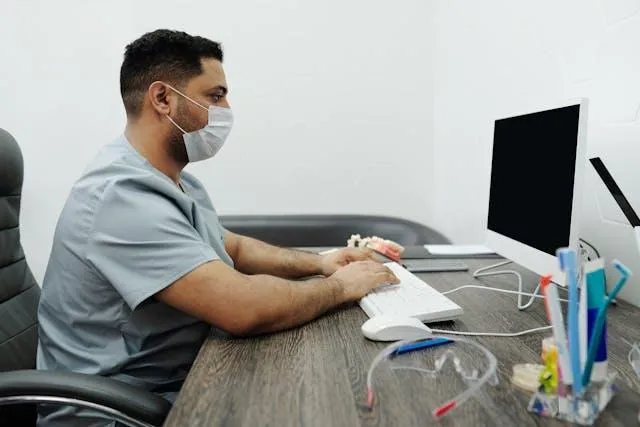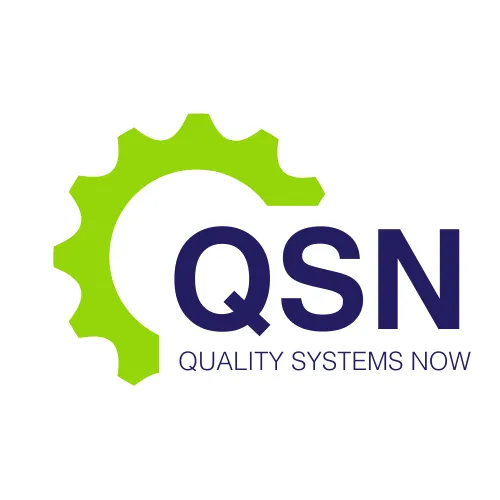NEWS

What TGA, FDA, ISO 13485, and GMP Regulators Really Expect
For therapeutic goods manufacturers, biotechnology companies, and testing laboratories, understanding the expectations of regulatory authorities is critical to achieving compliance, product quality, and timely market access. Regulators such as the Therapeutic Goods Administration (TGA) in Australia, the U.S. Food and Drug Administration (FDA), and international standards like ISO 13485 for medical devices and Good Manufacturing Practice (GMP) guidelines for medicines and devices, all enforce stringent requirements designed to ensure patient safety and product efficacy.
Despite the differences in terminology, processes, and jurisdictional requirements, these regulatory bodies share common objectives: they expect organisations to demonstrate effective quality systems, risk management, data integrity, and operational competence. Failure to meet these expectations can result in regulatory observations, warning letters, delayed approvals, or even product recalls.
At QSN Academy, we help organisations interpret and implement these expectations into practical, scalable systems. This article provides a detailed overview of what the TGA, FDA, ISO 13485, and GMP regulators truly expect from manufacturers and how companies can align their operations to meet these requirements.
Regulatory Alignment and Shared Principles
While each authority and standard has its nuances, there are shared regulatory principles that underpin compliance:
Patient and product safety: Ensuring that all products released to market are safe, effective, and meet specified quality standards.
Risk-based approach: Identifying, assessing, and mitigating risks across the product lifecycle, from design and development to manufacturing and post-market activities.
Robust quality management systems (QMS): Implementing structured, documented, and auditable processes that guarantee consistent product quality.
Data integrity and traceability: Maintaining accurate, complete, and retrievable records that demonstrate compliance and support regulatory inspections.
Continuous improvement: Regularly evaluating processes, identifying areas for enhancement, and implementing corrective and preventive actions (CAPA) to prevent recurrence of issues.
These shared principles form the foundation of regulatory expectations and guide the design of compliant operations.
TGA Expectations
The TGA, as Australia’s regulatory authority for medicines, medical devices, and biologicals, evaluates compliance against both national legislation and internationally harmonised standards such as PIC/S GMP for medicines and ISO 13485 for medical devices. Key TGA expectations include:
Effective QMS implementation: Processes for manufacturing, quality control, supplier management, and complaint handling must be documented, monitored, and continuously improved.
GMP compliance for medicines: Demonstration that facilities, processes, and personnel adhere to the PIC/S Guide to GMP, including validation of manufacturing processes and control of critical materials.
Risk management: Identification and control of risks to patient safety and product quality, documented through risk management plans and files.
Inspection readiness: Facilities and processes must be prepared for unannounced or scheduled audits, with accessible records and traceable documentation.
The TGA places significant emphasis on both preventive and corrective measures, expecting organisations to demonstrate proactive quality culture alongside compliance with formal standards.
FDA Expectations
The FDA regulates pharmaceuticals, medical devices, and biologics in the United States and enforces compliance through regulations such as the Code of Federal Regulations (CFR), including 21 CFR Part 210/211 for medicines and 21 CFR Part 820 for medical devices. Core FDA expectations include:
Design control and QMS adherence: For medical devices, ISO-aligned Quality System Regulations (QSR) require documented design control, verification, and validation.
Data integrity: Complete, contemporaneous, and auditable records are critical. FDA inspections often focus on ensuring that electronic and paper records are accurate, controlled, and traceable.
Risk management: FDA expects manufacturers to proactively identify hazards, assess risks, implement mitigations, and verify their effectiveness.
Complaint and CAPA management: Robust systems for capturing complaints, investigating root causes, and implementing corrective actions are mandatory.
Post-market surveillance: Continuous monitoring of marketed products for safety and efficacy issues, including reporting of adverse events and recalls where necessary.
FDA inspectors evaluate both compliance with the regulation and the effectiveness of quality systems in preventing product failures or patient harm.
ISO 13485 Expectations
ISO 13485 provides an international standard for medical device quality management systems. Compliance demonstrates that an organisation can consistently design, manufacture, and deliver safe and effective devices. ISO 13485 expectations include:
Documented QMS processes: Procedures must cover design, production, supplier control, risk management, CAPA, and post-market activities.
Regulatory alignment: ISO 13485 requirements are harmonised with global regulatory expectations, including those of the TGA and FDA, enabling companies to streamline international compliance.
Risk-based thinking: The standard emphasises identification, assessment, and mitigation of risks, from device conception through post-market use.
Management commitment: Leadership must provide resources, oversight, and strategic direction to maintain compliance and continuous improvement.
Traceability and record-keeping: Comprehensive documentation must demonstrate the integrity of processes, product safety, and quality assurance activities.
ISO 13485 certification is often used as evidence of compliance for regulatory submissions, inspections, and audits, highlighting the importance of structured, mature quality systems.
GMP Expectations
Good Manufacturing Practice guidelines apply to medicines and certain medical products, ensuring that products are consistently produced and controlled according to quality standards. Key expectations of GMP regulators include:
Validated manufacturing processes: Ensuring that production processes are designed and tested to consistently produce high-quality products.
Controlled environments and facilities: Properly maintained equipment, cleanrooms, and process controls to minimise contamination and deviation.
Personnel competence: Staff must be trained, qualified, and continually assessed for competency in GMP-related processes.
Documentation and traceability: Batch records, SOPs, and validation documents must be complete, accurate, and accessible for inspection.
Ongoing monitoring: Continuous quality control, in-process testing, and post-market surveillance to identify and manage risks promptly.
GMP compliance demonstrates that an organisation maintains the integrity, quality, and safety of therapeutic products at all stages of production.
Practical Steps to Meet Regulatory Expectations
Meeting TGA, FDA, ISO 13485, and GMP expectations requires structured planning, robust systems, and a proactive approach. Practical steps include:
Implementing a comprehensive QMS: Ensure processes cover design, production, risk management, CAPA, and post-market surveillance.
Developing staff competence: Train employees in regulatory requirements, technical skills, and quality principles relevant to their role.
Maintaining data integrity: Use controlled systems, audit trails, and validated documentation practices.
Integrating risk management: Apply structured risk assessments, mitigation strategies, and review mechanisms throughout the product lifecycle.
Continuous improvement: Regularly review processes, analyse deviations, and implement corrective and preventive actions to prevent recurrence.
Preparing for inspections: Ensure records, facilities, and personnel are audit-ready at all times, demonstrating compliance and operational excellence.
Conclusion
Understanding what regulators really expect is essential for therapeutic goods manufacturers, biotechnology firms, and testing laboratories. Across TGA, FDA, ISO 13485, and GMP frameworks, organisations are expected to demonstrate robust quality systems, competent staff, effective risk management, data integrity, and continuous improvement.
By embedding these principles into everyday operations, companies not only meet compliance requirements but also reduce operational risks, improve product quality, and enhance market confidence. QSN Academy supports organisations in interpreting regulatory expectations, training staff, and implementing systems that align with global standards, enabling companies to achieve sustainable compliance and operational excellence in a complex regulatory landscape.
